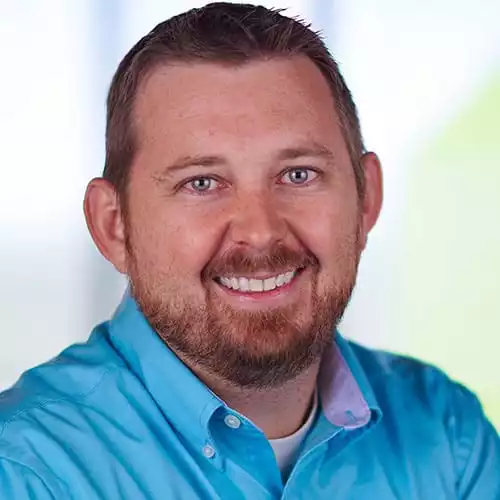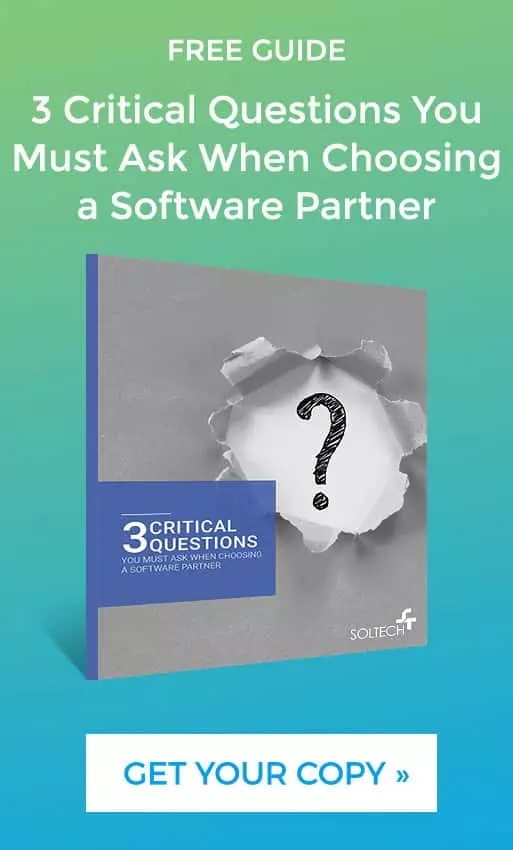
How Salesforce Health Cloud Works With Your EMR Data
By Thayer Tate
Salesforce Health Cloud brings a full, 360-degree view of patients to the healthcare industry. It is a reimagined healthcare customer relationship management (CRM) platform that seamlessly connects systems of record to improve visibility into the entire health care journey. This incudes data typically found only in electronic medical record (EMR) systems.
Health Cloud enables personalized interactions for patients at any level of care, strengthens the relationship between patients and healthcare providers, and builds trust across the entire community, whether they’re patients, providers, members, or partners.
Let’s dive into the details of Salesforce Health Cloud to find out how it works, how it efficiently handles electronic medical records (EMR), and how it keeps health data secure.
What is Salesforce Health Cloud?
Health Cloud is a version of Salesforce’s CRM solution specifically designed and customized for the healthcare industry. With it, healthcare organizations can create a connected patient journey that guides patient interactions at all levels, all the while maximizing productivity and efficiency for the supporting clinicians and staff. It provides a unified view of patients across every touchpoint from patient acquisition to ongoing care coordination to post-treatment follow-up communications. At its core, Health Cloud helps provide a deeper and more comprehensive view of patient clinical data, past interactions and care coordination data. This will help you develop deeper trust in your business relationships, improve care practices and increase patient satisfaction.
Salesforce Health Cloud helps health organizations drive better health outcomes for patients, improve satisfaction across the healthcare experience, and improves operational efficiency for providers, clinicians, and administrators.
How does Health Cloud bridge the gap between CRM and EMR systems
Health Cloud breaks down the barrier between CRM and EMR systems by allowing EMR data to be exposed within the CRM. This combination of clinical data, outreach data and program data is what allows Health Cloud to provide a truly complete view of the patient as well as, their interactions with your internal teams and departments. From an end-user’s perspective, the integration of EMR data within the CRM is truly seamless. However, there are a lot of technical aspects that Health Cloud tackles to make this happen such as:
- Health Cloud has a built-in data model for electronic health care records that follows the HL7 Fast Healthcare Interoperability Resources (FHIR) specifications. Health cloud supports the majority of FHIR objects today and is always growing and expanding with each release.
- Health Cloud includes some built-in services that make it easy to receive and load data that follows the FHIR standard. For older HL7 formats and versions, an HL7 broker or enterprise service bus may be used to translate and load HL7 data into Salesforce.
- Once the clinical data is stored within Health Cloud, Salesforce also provides a product called “Salesforce Shield” that can be used to encrypt data and files for added security to help address HIPAA and HiTech regulations
- The Salesforce platform also provides field-level security and audit logging/change tracking to give you granular controls over who sees what data.
Once the EMR data Is loaded In Health Cloud, It is always available for viewing but the real power comes with combining your EMR data with your outreach program data and general Interaction data. Being able to have access to all of this data in one place will give you a clear view of your patient’s perspective and the journey they are on with your organization.
Far too often, the non-clinical aspects of patient outreach are tracked only in spreadsheets. This means this data is never understood in light of the clinical visits. Often times, nurse and social worker notes are kept in a separate system as well. When organizations realize they need to move beyond siloed data and combine separate department systems, they search for an integrated software solution like Health Cloud.
Does Health Cloud replace the need for an EMR?
Health Cloud is not intended to replace a full-blown EMR system. If you utilize an EMR to track patient conditions, perform treatments, track CPT Codes and perform billing for your treatment services, you should not look at Health Cloud as a replacement system. Instead, you might evaluate Health Cloud as a means to perform your non-treatment related activities. This is because it is more likely to be used by office staff, marketing, programs, nurses and social workers outside of the treatment room.
We have seen some situations where Health Cloud can completely replace some clinical and other healthcare-related software applications. The most common software Health Cloud can replace are systems used by nurses, social workers, and supplemental care providers. These systems are Healthcare related but are not directly related to a doctor providing medical care. These types of ancillary service providers often deal with protected health information and need to track clinical notes, assessments and care plans. However, they do not need the full set of features an EMR provides. In these situations, we find that organizations often previously utilized clinical note tracking systems, databases, non-healthcare CRMs, and even spreadsheets to track data before transitioning to Health Cloud.
Health Cloud can completely replace these non-EMR systems by helping to create a single-source-of truth and a single system for staff to use. When an EMR is needed by the organization, Health Cloud will integrate with the EMR. Then It provides supplemental features to help overcome the inherent limitations of trying to run a modern organization with only an EMR and Accounting system in place.
Providing a unified, collaborative, and complete patient journey is a challenge for most healthcare organizations today. They’re being asked to do more with less, and don’t have the time or resources needed to modernize their electronic medical records to take advantage of all that today’s technology offers.
Salesforce Health Cloud can help them solve their existing EMR obstacles, while also providing a foundation for enhanced coordinated patient experience. If you’re looking to get the full power of Health Cloud, you will want to bring in a consultant to help you lay out a plan. Choosing your vendor could make or break your project. Check out this guide that outlines what questions your business should be asking to find out what vendor is best for your project. Download the guide below.
Thayer Tate
Chief Technology Officer
Thayer’s expertise expanded as he obtained his Project Management Professional (PMP) certification and joined SOLTECH, an Atlanta-based technology firm specializing in custom software development, Technology Consulting and IT staffing. During his tenure at SOLTECH, Thayer honed his skills by managing the design and development of numerous projects, eventually assuming executive responsibility for leading the technical direction of SOLTECH’s software solutions.
As a thought leader and industry expert, Thayer writes articles on technology strategy and planning, software development, project implementation, and technology integration. Thayer’s aim is to empower readers with practical insights and actionable advice based on his extensive experience.







